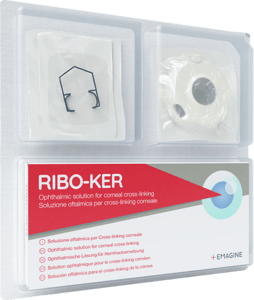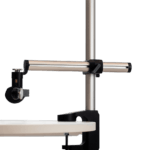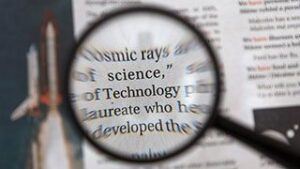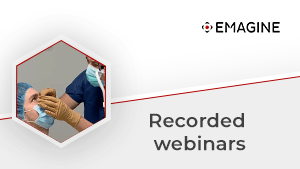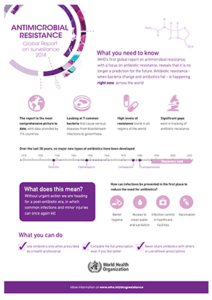- PACK-CXL:
- 1. How does it work?
- 2. Why perform it?
- 3. Clinical results
- 4. How to perform
- To be used with Protocols:
- Keratitis 1
- Keratitis 2
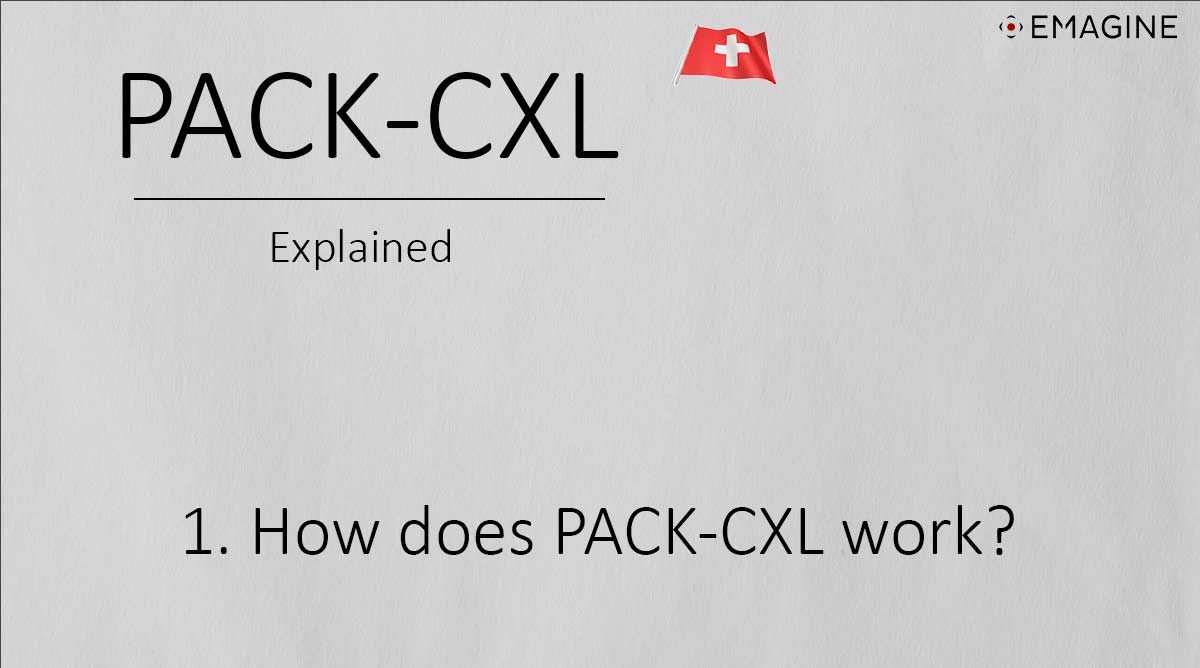
To be used with Protocols "Keratitis 1" e "Keratitis 2"
It all started back in 2004. When the Swiss Federal Institute of Technology developed a technique called SODIS (solar disinfection) to disinfect drinking water in developing countries. They put riboflavin into PET bottles containing poor-quality drinking water, then exposed it to the sun for eight hours. The combination of solar ultra-violet light (UV)-induced DNA damage, thermal inactivation, and photo-oxidative destruction all resulted in inactivation of these disease-causing microorganisms.
This led the original Zurich group to conclude: “that’s very similar to what we are doing in cross-linking”. We use UV light and riboflavin to cross-link and stiffen weak corneas in diseases like keratoconus, so this should also work to disinfect the surface of the cornea.
Every time CXL is performed, whether is it is to treat keratoconus or infection, four things happen:
- Effect #1: biomechanical stiffening of the cornea, which is the original intended effect of CXL to treat biomechanically weakened corneas.
- Effect #2: increased resistance to digestion. This is very beneficial in infection: the infectious organisms produce enzymes to digest the cornea. Through steric hindrance effects, CXL makes cornea the cornea more resistant digestion, and therefore melting.
- Effect #3: Intercalation with nucleic acids. This acts to stop microorganisms from replicating.
- Effect #4: The generation of reactive oxygen species attacks both cell membranes and also the nucleic acids of microorganisms, killing them.
So with CXL, you not only stiffen, you perform all four effects simultaneously. And the beauty of PACK-CXL is that unlike drug therapies, you do not only kill bacteria, you do not only kill fungi, you kill them both at the same time, and because PACK-CXL makes the cornea more resistant to digestion, this means that treatment this means that the resulting scar should be smaller that would otherwise be the case.
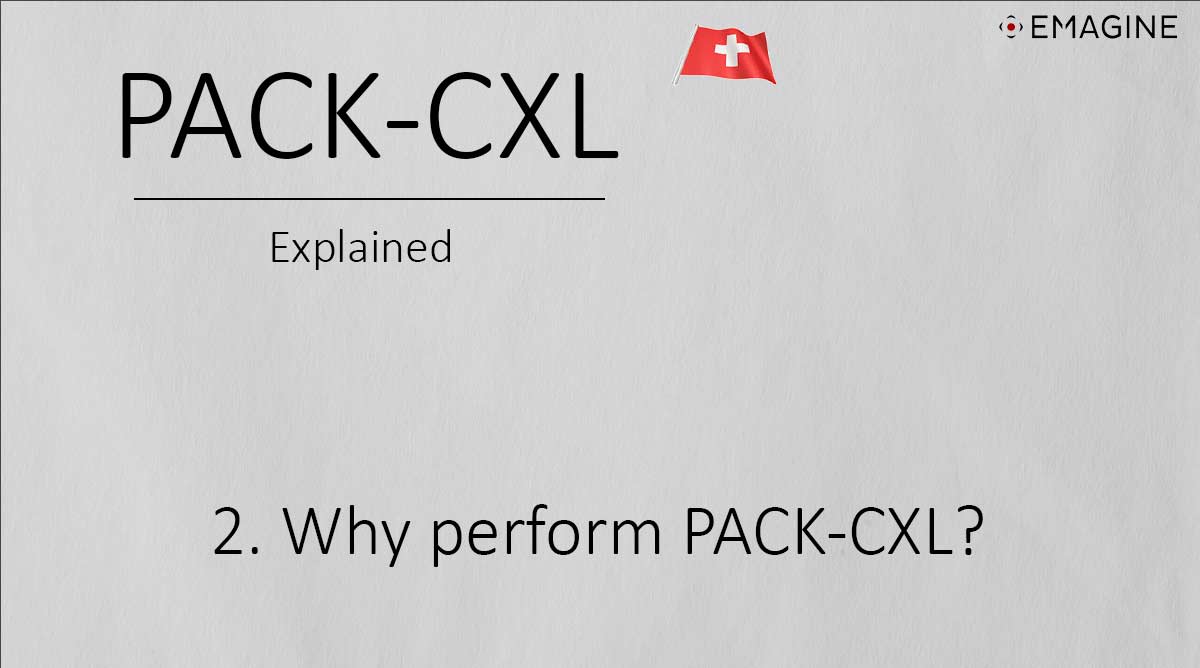
Infectious keratitis occurs millions of times every year. It is one of the leading causes of severe visual impairment globally.
One of the greatest problems facing us all is antimicrobial resistance (AMR). In 2016, the World Health Organization warned the world that we are starting to run out of antibiotics thanks to AMR. It is predicted that in just a few years, the fourth generation fluoroquinolones ? the most modern antibiotics we have ? will stop being effective. AMR rates are already increasing at alarming rates. The beauty of PACK-CXL is that it kills even the most drug-resistant bacterial strain, methicillin-resistant staphylococcus aureus, or MRSA. Bacteria might be resistant to antibiotics, but they will still be killed by PACK-CXL.
Another challenge that PACK-CXL overcomes is the diagnostic dilemma most eye doctors face when a patient presents with an infectious keratitis. Is this bacterial? Is this fungal? Is it a mixed infection? Each diagnosis requires different treatment. Make the wrong choice, and you waste time with an ineffective treatment in an often rapidly progressing infection. PACK-CXL overcomes this because it kills both bacteria and fungi at the same time. This is something no antibiotic or no antifungal medication can do.
The next element is that PACK-CXL may result in a smaller scar. PACK-CXL and any cross-linking procedure results in increased resistance of the tissue against enzymatic digestion. So the cornea does not get eaten away by the infection that easily. And lastly, PACK-CXL helps lower the costs. If you look at conventional treatment with medication, you have cost related to the medication itself and doctor-related costs for the followup. And because PACK-CXL accelerates the time to healing, the doctor-related costs go down.
So in conclusion, PACK-CXL kills even MRSA. It kills both bacteria and fungi. PACK-CXL results in a smaller final scar, and it helps lower the costs by faster healing.
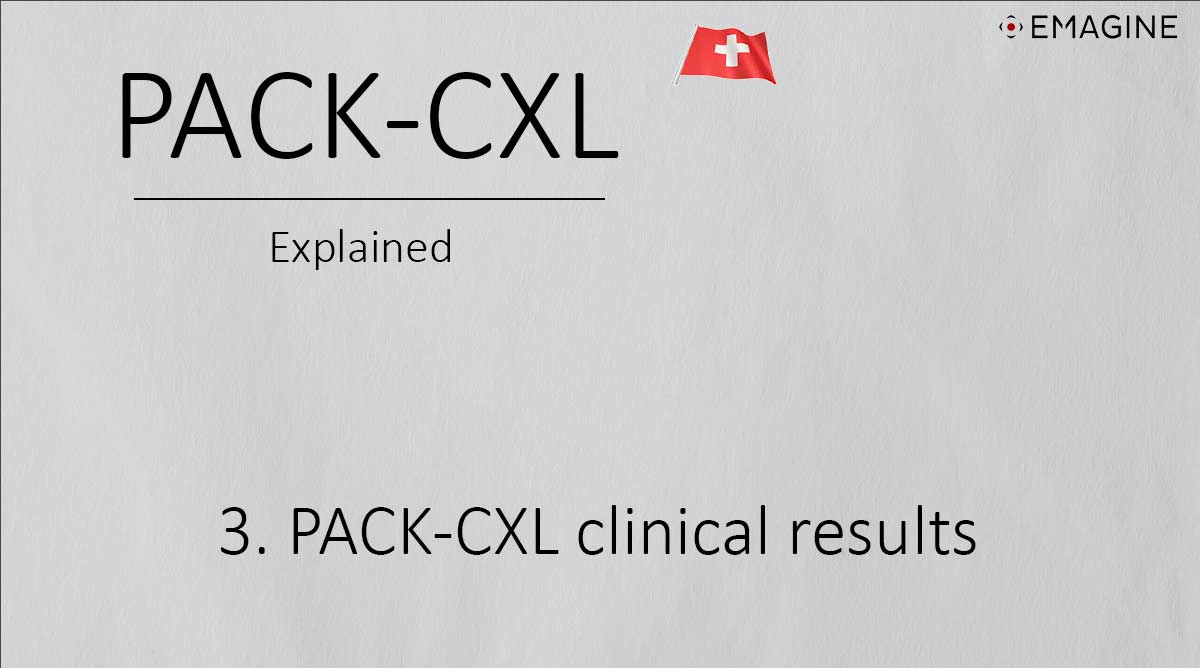
PACK-CXL has been in clinical use since 2008, and you will find more than 250 published papers in MEDLINE ? the field has grown even faster than CXL for keratoconus! The latest results of a prospective randomized multicenter trial presented at this year’s ESCRS annual meeting show that PACK-CXL is similar in terms of efficacy to antimicrobial therapy in ulcers of bacterial and fungal origin, up to four millimeters at the widest part.
We now know that PACK-CXL is more effective when higher amounts of irradiation are delivered. However, the first clinical pilot studies in 2008 used the original slow irradiation, low-fluence Dresden protocol settings (30 minutes of 3 mW UV-irradiation), but even in this case, PACK-CXL was effective in treating five cases of therapy resistant corneal ulcers.
Four years later, the first PACK-CXL only study was performed in 16 eyes, again using the Dresden Protocol, and again, we saw good results in predominantly bacterial keratitis. More recently, Boris Knyazer published a very interesting cohort study. The study had two arms, one arm with ulcers of a mean size of a little more than 3 mm, received conventional anti-microbial treatment, and the second arm received the same medication plus additional cross-linking, but this time cross-linking was accelerated by a factor of 10, so instead of half an hour irradiation, it required only 3 minutes, despite the same total fluence still of 5.4 J/cm² being delivered. What Knyazer saw was that healing was considerably faster when PACK-CXL was combined with conventional medication ? in other words, PACK-CXL helps speed up the process.
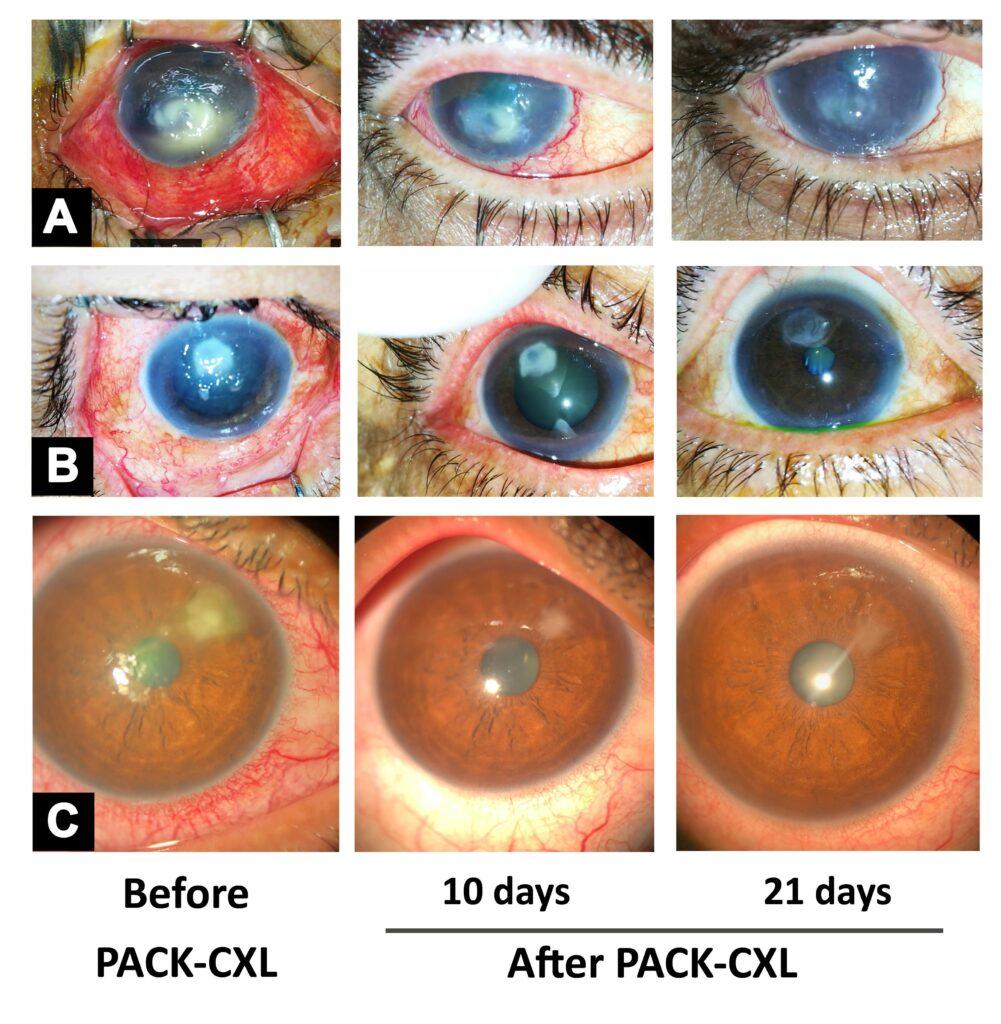
The next step was to look into even fluences higher than 5.4J/cm² and as you can see here in the paper published by the Kling/Hafezi Group in 2019. The higher you go with the fluence, the more effective you become. These accelerated high-fluence settings were used in the prospective multicenter randomized study and we saw that PACK-CXL was just as efficient as medication alone. The recommendations are to perform PACK-CXL in accelerated high-fluence mode, which is Protocol 4 of the C-eye device, currently using 30 mW/cm² for 4 minutes. Use it for all ulcers of bacterial, fungal and mixed origin, but do not use in suspected viral or acanthamoeba keratitis.
We recommend performing PACK-CXL in every size of ulcer, because as a side-effect you do not only reduce the total pathogen number, but you also increase the tissue resistance to digestion and this is something no medication can provide: a smaller final scar. Lastly, remember that the earlier you use PACK-CXL the better.
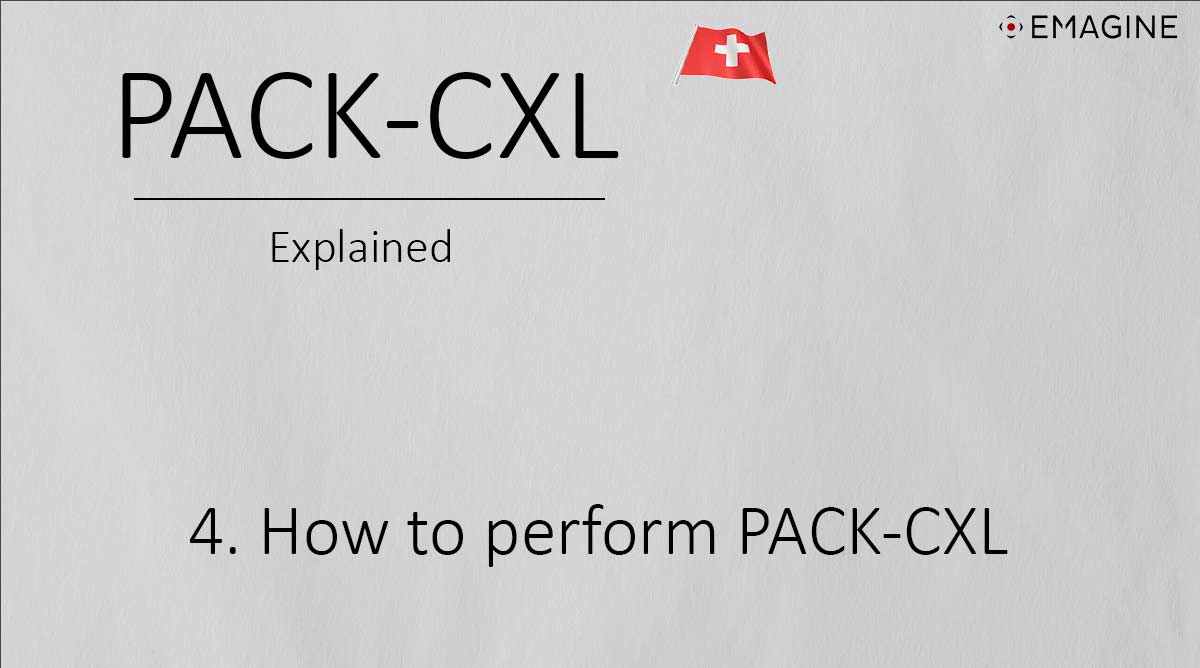
Basically, you can perform PACK-CXL in the sitting or in the lying position, but it does involve a partial epithelium-off procedure. You should use high-fluence accelerated cross-linking, which is Protocol number 4 of the C-eye device. You apply the Ribo-Ker riboflavin solution for 10 minutes and irradiate the entire cornea.
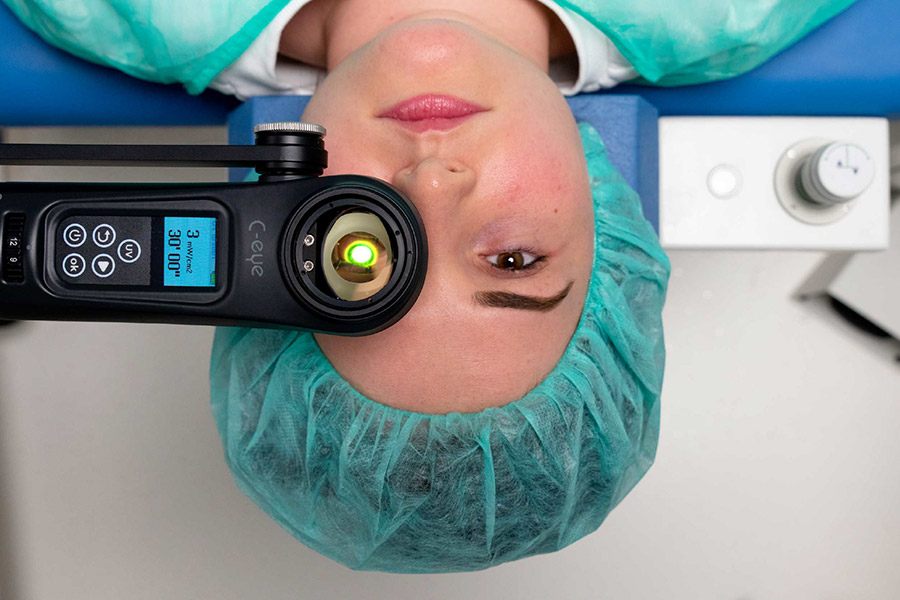
When you’re facing an infectious keratitis with an ulcer, then identify the area of the ulcer itself and remove the dead epithelium by means of a dry sponge. This results in a partial epi-off area, with the rest of the cornea remaining epi-on. When you instil the Ribo-Ker over the enture cornea, it penetrates through this epi-off window defect into the rest of the cornea too. The profile used is 30 mW/cm² in continuous light mode for 4 minutes, which equals a high fluence of 7.2 J/cm², and these 7.2 J/cm² are applied over the entire cornea by performing cross-linking at the slit lamp, but if needed, you can also perform this in the lying position.


